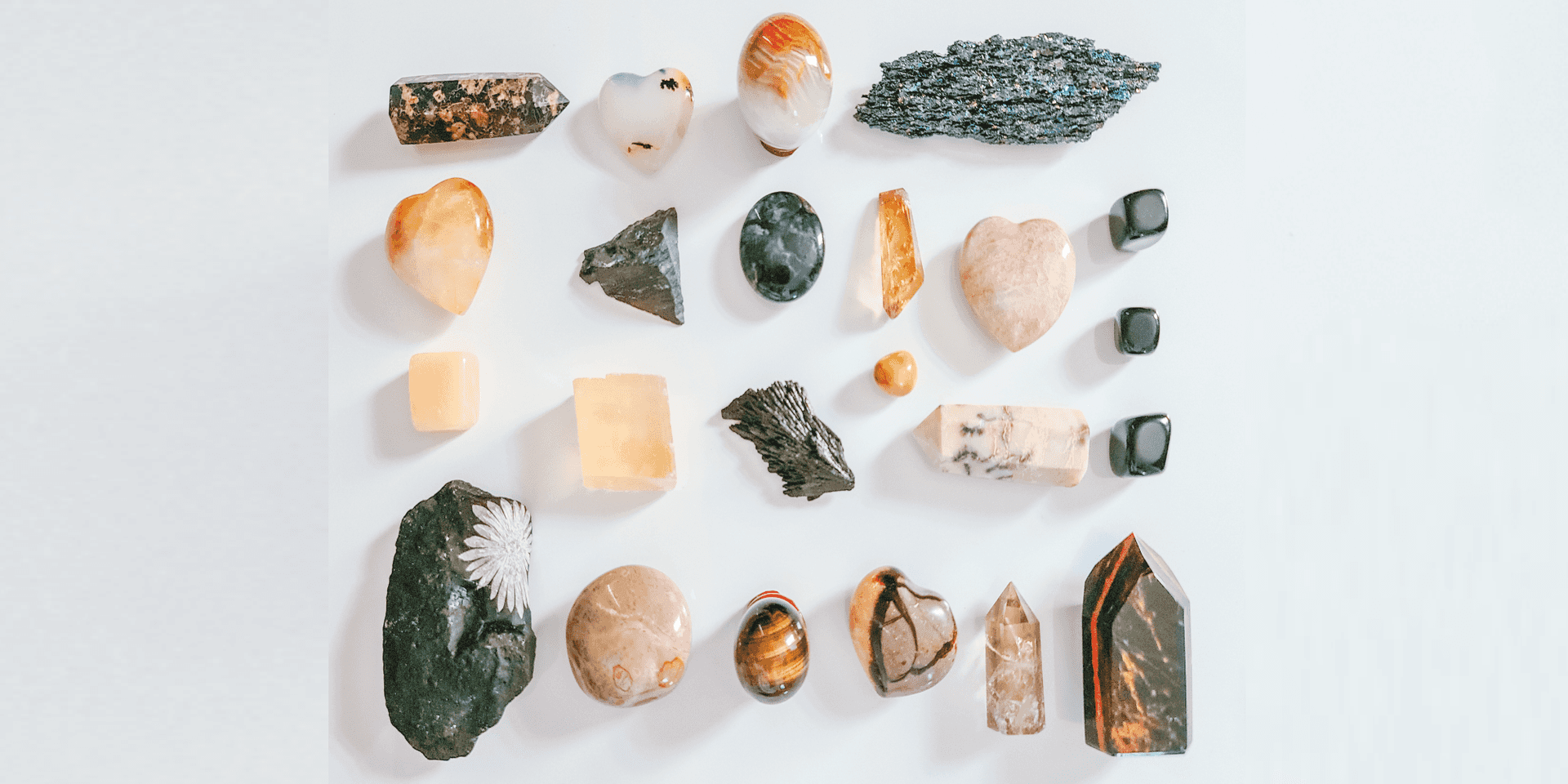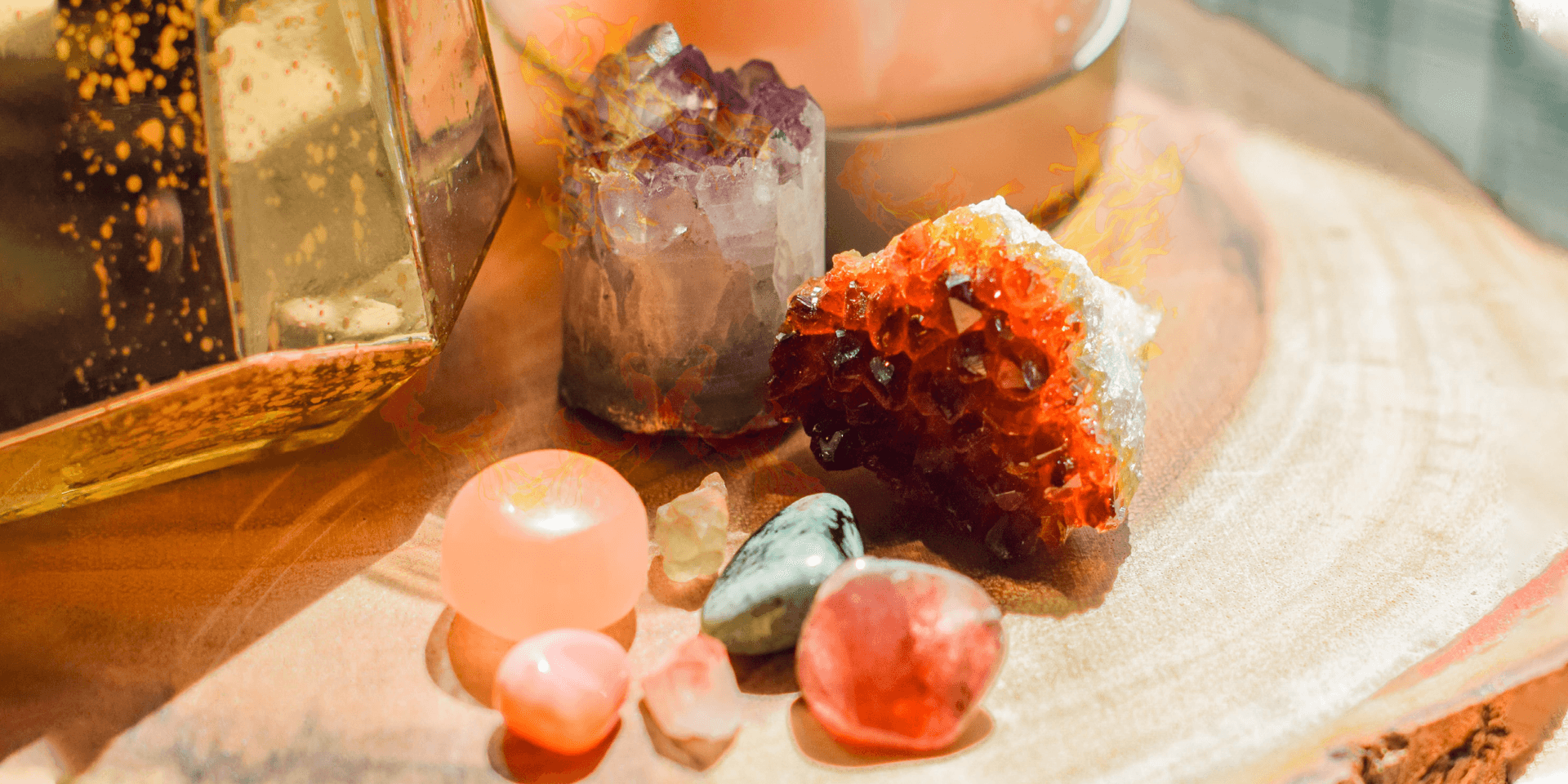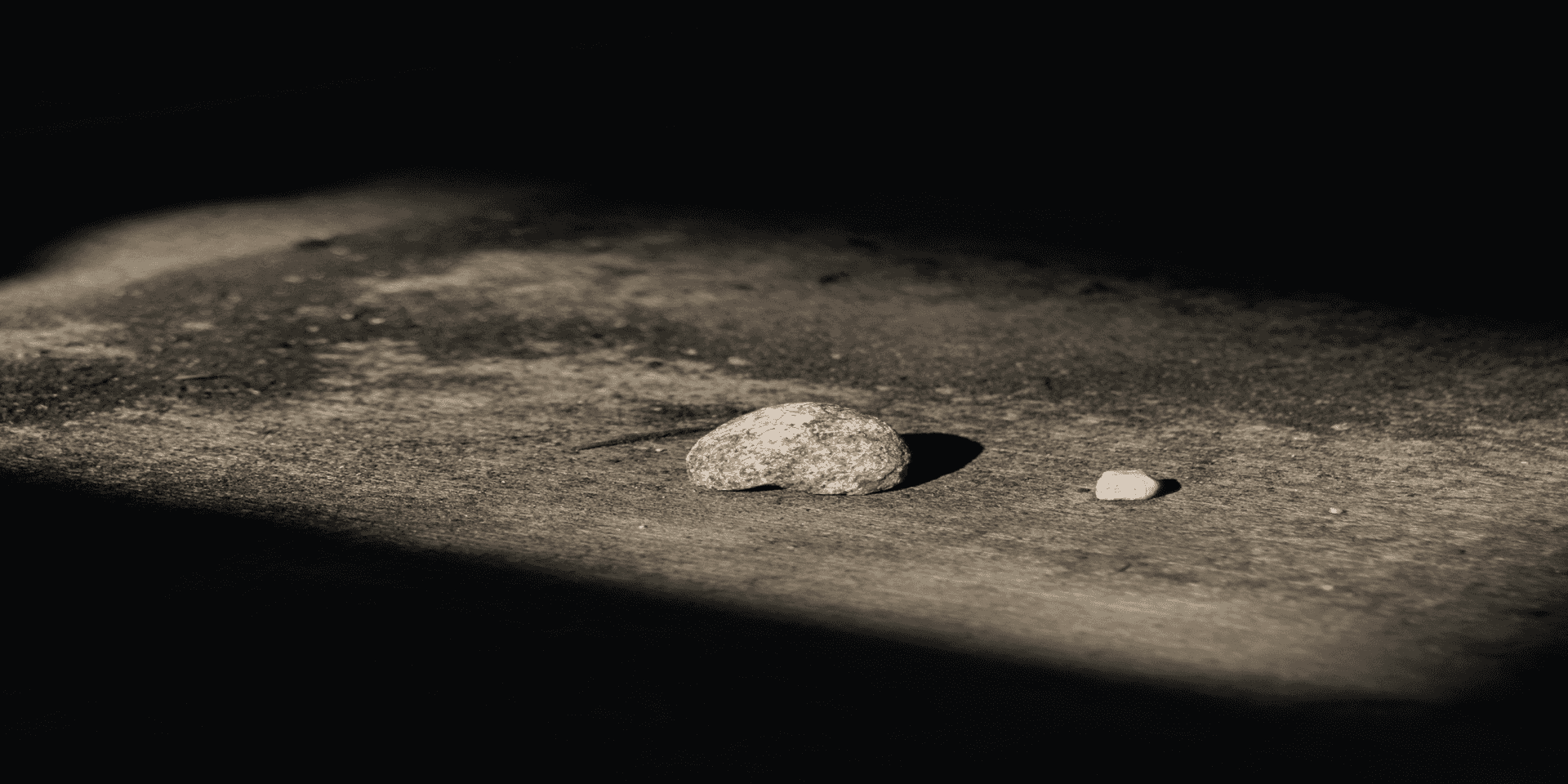Why Do Crystals Melt Ice?

Since crystals are always shown in fantasy, you might think their ability to melt ice is another example of their metaphysical properties. Nope! It's due to a scary sounding science word -- thermal conductivity
How to test if a crystal is real with ice
All other things equal, an ice cube placed on a slab of crystal will melt faster than on a slab of metal or normal stone.
Even more amazingly, the ice will melt faster on crystal than in your hand!
So why is it doing this? Why does crystal make ice melt faster?
The answer is thermal conductivity.
Wait! We promise this won't get too technical.
It's actually pretty easy to under thermal conductivity: Low thermal conductivity = slow to heat up, slow to cool down.
Even noticed how metal feels cold to the touch? That's because it's "stealing" your heat!
Materials that change temperature slowly are great for insulation, you don't want your home getting cold with every breeze that comes along.
Changing temperature quickly is helpful for keeping our phones from overheating.
The most simple test is to touch the crystal, is it cool to the touch? That's a signal it's real. Stone won't feel nearly as cool as authentic crystal, and resin won't feel cold at all.
How does a crystal melt?
The melting point of crystal is really really high. Quartz for example doesn't melt until you reach 1650 °C , that's over 3000 °F!
The reason crystals have such a high melting point is because the majority of their atomic bonds are covalent.
Covalent bonds result in high melting point.
Covalent based solids are nearly always insoluble in water. Which helps explain why Quartz is safe in water.
Something we found really interesting was what happened before the crystals melted.
Many crystals have water trapped in them, like Amethyst, so when you heat them up they crack and shatter.
There's even a neat video from a decade ago showing it in action!
Why do diamonds melt ice?
Diamonds are just like any other crystal... except much more expensive!
Gentle reminder that their price does not reflect their rarity. In fact, diamonds are one of the most common gemstones in the world.
Since diamonds are a kind of crystal, they have high thermal conductivity.
That's how a diamond tester works!
Those testers aren't magically testing for diamond, they test for a high thermal transfer rate.
Which means... they're really a crystal tester. Any crystal will give a "positive" result when tested -- not just diamond.
So like all crystals, diamonds melt ice because of their high thermal transfer rate.
Do ice crystals melt?
Ice crystals aren't like regular crystals. They're made of water -- not a combination of minerals.
Because they're made of a water their state of matter is detirmned by temperature, and they melt really easily.
Water takes a lot of energy to heat, but the surrounding air being "warm" counts as lots of free energy.
The shape and structure of a snowflake is determined by the humidity and temperature in the air.
How can I tell if my ice cube is real crystal?
This question, I'm guessing, was a typo of some sort?
We'll try to answer the best we can in case it was a genuine question.
Ice is a crystalline solid with an ordered structure, but, it's not a crystal.
It's actually considered to be a mineral and not a crystal. That's because it only has one type of "ingredient".
So, I guess, all water is technically mineral water.
Ice also is based on covalent bonds so you might expect it to have a high melting point.
But! The bond is really weak since it's just two Hydrogens with a single Oxygen.
What about X specific crystal? Can it melt ice too?
Yeah. Probably. The only exception would be "crystals" that are actually minerals.
There are actually a lot of "crystals" that are technically minerals. Selenite for example is actually a mineral.
But normally we just call them crystals anyways since the different doesn't matter...
But as far as thermal conductivity is concerned -- it does matter.
So let's do a quick fire round on crystals (or minerals!) we were asked about.
Can Amethyst Melt Ice?
Yep! Amethyst a member of the Quartz family and is therefore a crystal...
And crystals have that high thermal transfer need to melt ice cubes.
Can Quartz Melt Ice?
Well.. kind of gave the answer away to this one above eh?
We gave it away even more in our article that answered is Quartz a crystal?
It is a crystal, and is does melt stuff faster than plan ol' minerals!
Can Citrine Melt Ice?
Can you guess which family Citrine belongs to?
Ding ding ding that's right! It's Quartz.
The other two down below aren't Quartz... it just happens ALOT of crystals are types of Quartz.
Can Bloodstone Melt Ice?
Bloodstone is a type of chalcedony, which we separate from Quartz.
Because if we don't, then everything just becomes a type of Quartz.
Since Bloodstone is a crystal and not a mineral, it melts ice!
Can Larimar Melt Ice?
Larimar is crystal, so it can melt ice cream too!
Oops. We mean ice cubes.
I want to learn more!
Great :) Come check out our other articles at Common Questions, or click another article down below!




